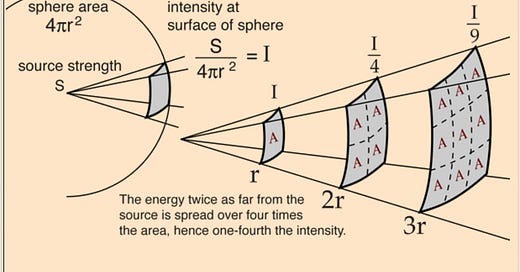Transcranial Focused Ultrasound (tFUS) is Coming to Brain Health
The ability to change the brain using ultrasound, with Dr. Owen Muir
The Frontier Psychiatrists is on the cutting edge of letting the general public know what the editor of the publication thinks is coming next. My track record is pretty good—I called ERISA lawsuits about health plan PBM nonsense, I called accelerated TMS having novel payment models, I called MDMA not getting over the line with the FDA, I called TMS being better than meds…the bias is, of course, that I write all the time. I’m only highlighting my wins here. So, watch out for what I tell you!
Today, I’m introducing tFUS to my readers. Transcranial-focused ultrasound (tFUS) can be used to change how the brain functions.1 I’ve been excited about this technology for a while. We are, for example, running a clinical trial at Acacia Clinics (where I work) using this technology to evaluate it’s utility in the treatment of Anxiety.
In science speak, this is broadly what it’s doing:
Low intensity transcranial focused ultrasound (tFUS) can exert non-destructive mechanical pressure effects on cellular membranes and ion channels and has been shown to modulate the activity of peripheral nerves, spinal reflexes, the cortex, and even deep brain nuclei, such as the thalamus
Yes, dear readers, this is the same ultrasound you remember from your pregnancy and your echocardiogram. It uses sound waves to penetrate the body. Instead of just generating images, we can use them to change the brain’s functioning. Depending on the stimulator's settings, tFUS can target a spot in the brain…and increase or decrease neuronal firing.
The promise, compared to brain stimulation using transcranial magnetic stimulation (TMS), boils down to the laws of physics. Magnetic field strength gets weaker over even short distances thanks to its inverse square power law:
Gosh, that is a LOT OF MATH. I know, I know. Practically, it means TMS can stimulate the surface of the brain and not deeper areas of the brain.




